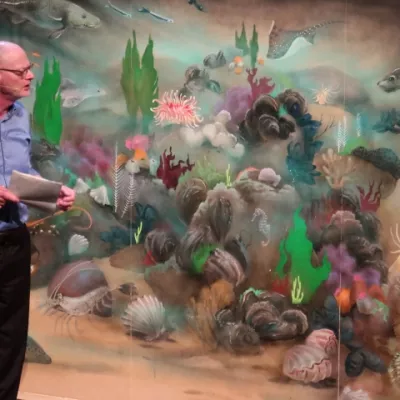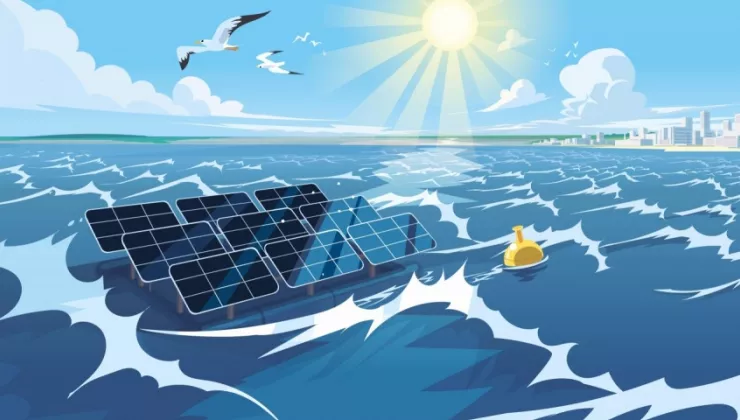Federal government commits to nature restoration in the North Sea
On 31 May, a wide range of stakeholders and the general public gathered at cultural centre De Grote Post in Ostend to reflect on the topic of Nature Restoration in the Belgian part of the North Sea. The focus was on the biggest threats to biodiversity and the opportunities to restore habitats.
After a brief introduction by Minister of the North Sea Van Quickenborne and the Department for the Marine Environment, the topics gravel beds, oyster banks and tubeworm banks were discussed in more detail. In between, Wim Opbrouck performed pieces from his show ‘Ik Ben Een Walvis’ (I Am A Whale), a modern parable about the unattainable.
Main takeaways
Rising temperatures, acidification of sea water, pollution and seabed disturbance have a negative impact on the marine environment. Protecting the wildlife present through a network of protected areas is necessary but insufficient. We need to commit to active nature restoration and repair the damage caused in order to preserve biodiversity.
The Belgian government focuses on three priorities in this regard: restoring the gravel beds, restoring the oyster banks and upgrading other reefs, such as tubeworm banks. In the context of nature restoration, the Department for the Marine Environment aims to create a platform where people can work together to achieve sustainable results in an efficient manner.





